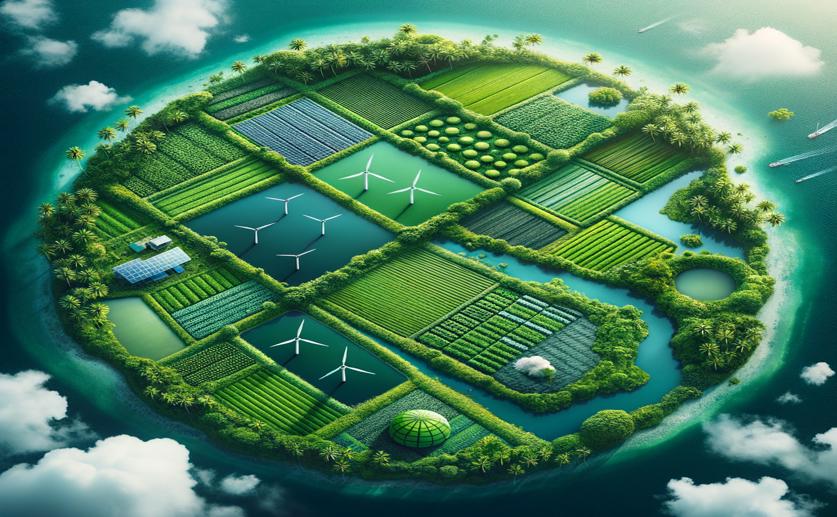
Sustainable Farming on Tropical Swampy Land Cuts Carbon Emissions
Greg Howard
16th March, 2024

Image Source: Natural Science News, 2024
Key Findings
- In Sumatra, a water management system supports coconut farming while preserving peat soil
- CO2 emissions from this peatland are similar to less concerning mineral soils
- No link found between water table depth and CO2 emissions, challenging common assumptions
AgricultureEnvironmentSustainability
References
Main Study
1) Integrated water management practice in tropical peatland agriculture has low carbon emissions and subsidence rates.
Published 15th March, 2024
https://doi.org/10.1016/j.heliyon.2024.e26661
Related Studies
2) CH4 and N2 O emissions from smallholder agricultural systems on tropical peatlands in Southeast Asia.
3) Response of soil respiration to changes in soil temperature and water table level in drained and restored peatlands of the southeastern United States.
4) Tropical peatlands and their contribution to the global carbon cycle and climate change.



 3rd March, 2024 | Jim Crocker
3rd March, 2024 | Jim Crocker